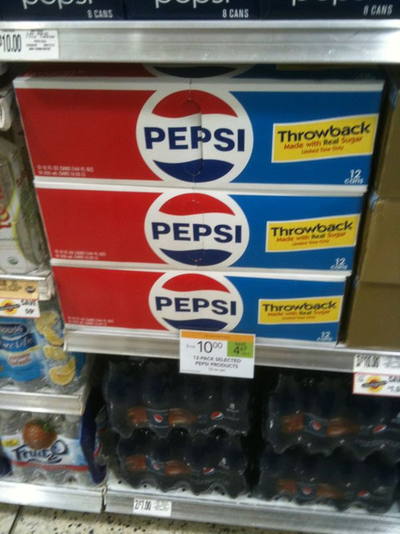 NEW YORK– The trend of vintage and classic brands continues unabated; consumers seem to have a large appetite for older, vintage brand names and classic brand images such as Throwback Pepsi, seen at right.
NEW YORK– The trend of vintage and classic brands continues unabated; consumers seem to have a large appetite for older, vintage brand names and classic brand images such as Throwback Pepsi, seen at right.
We talked about the trend with Cheryl Swanson, Principal of the Manhattan-based branding firm Toniq LLC. Swanson has worked to revive dozens of brands with her firm, located on East 32nd Street.
Q: What makes a brand a good candidate for revival?
Swanson: Brands that have a strong heritage – ones that can evoke a sense of nostalgia.
Q: What is the difference between a classic brand and a vintage brand?
Swanson: Classic brands are brands that have come to define their category through quality, heritage, and brand loyalty. They are iconic brands that can be easily recognized. For example, Coca-Cola, Kleenex, Band-Aid, Barbie, Chanel, Levis, Ford, Chevrolet, and so on. Vintage brands, on the other hand, are brands that were popular for a certain period of time. They may define a decade or a generation, but are not a mainstay in the product category today. Many vintage brands may be a model or style from a “classic” company. You see many vintage brands in candy, cars models, and clothing. For example, Necco Wafers, candy buttons, Hot Rods, 1950’s Chanel suits, etc.
Q: What is the age limit on brands. I have had some calls from people looking for 1980s “vintage” brands.
Swanson: Well, vintage is generally defined as anything that is over 20 years old. It’s scary to think that products of the 80’s can now be considered vintage. However, I think it depends on the product category when dating and classifying products to be vintage. For example, vintage cars are usually built between 1919 and1930. Vintage watches are usually those produced before 1960. Vintage clothing is broader encompassing brands and styles between 1920 and 1980 (pre 1920 is usually referred to as antique). As for CPG, I think the 20-year rule is applicable.
Q: How have companies missed this trend over so many years? After all, it started with the New Coke fiasco.
Swanson: It probably has to do with all the marketers and execs now getting older and realizing the potential of the emotional strength these classic brands have with the consumer. And with everything going on in the world, the brands that are taking note and producing these “throwback” packages are providing a sense of familiarity and comfort for consumers. It allows consumers to think back to a better time. As for “New Coke” that was more of a formulary change that scared people. It was the mid-eighties. Things were good. Timing was bad for Coke. The resolution to the fiasco led to the introduction of “Coca-Cola Classic” which in-turn helped their market share.
Q: How much of this sort of thing is “enough?”
Swanson: Well, we think it’s really a trend that’s going to continue. The largest consumer market is the baby-boomers and brands will continue to target their brands towards them. Turning back to tune-in to this group is a marketing strategy that works.
Q: Is the success of this really more about authenticity, or is it that we just get bored by the new?
Swanson: It’s about authenticity and proving brand heritage. These are the brands that have been there with you through the good times and bad and will continue to be there for you. There’s a market for “new” but classic, nostalgic, and throwbacks will always have an appeal to ageing consumers – of any generation. Even the Gen-Y consumers are finding 8-bit technology as retro cool.
Q: Some favorite revivals that they have not worked on? Do you recall some brands that were once personal favorites, but are now forgotten?
Swanson: Ivory Soap, Tang, Bonnie Bell, Kaboodle, Aqua Net, Sun-In (hair lightener) and Hungry Man TV Dinners.
About Swanson and Toniq: Swanson founded Toniq (www.Toniq.com) in 1999 after leading several design firms to world-class status with her emotions-based, visual approach to brand strategy development. At Toniq, she continues to evolve her strategic expertise by seeking new ways to connect with consumers. Toniq has used this process successfully for leading consumer packaged goods product development, retail and on-line brands, including: Target, Unilever, Lycos, Kraft Foods, Gillette, Ralph Lauren, Saks Fifth Avenue, Pepsi, Con Agra, and Nestle Purina to create or redefine brand personalities and visual positioning recommendations for new products and established brands.

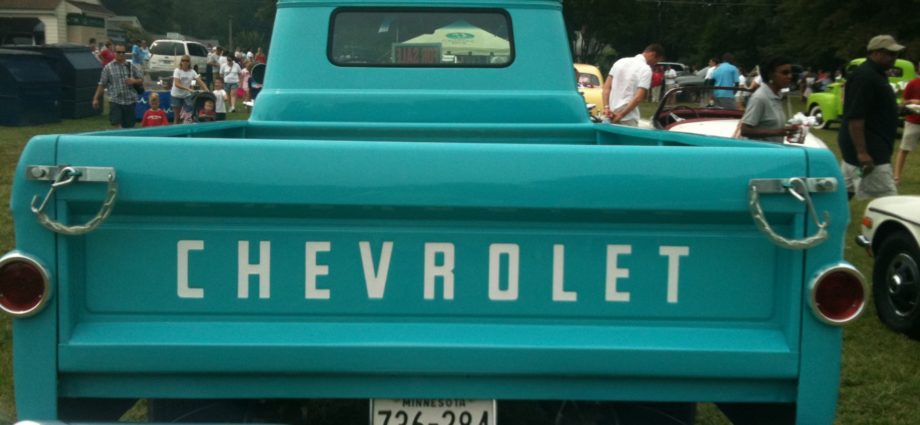

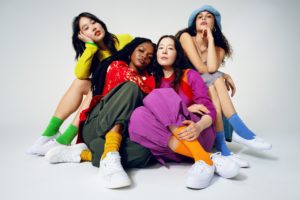
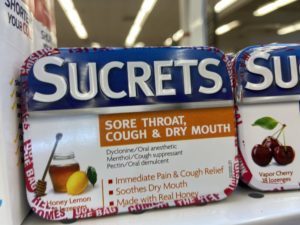
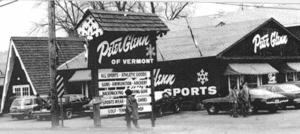
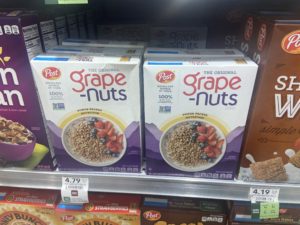
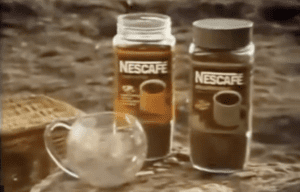
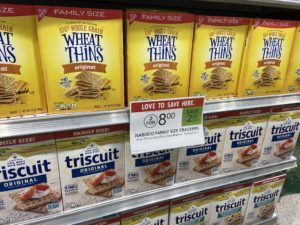
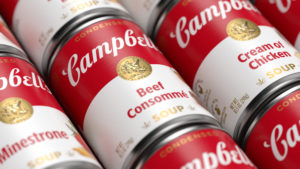
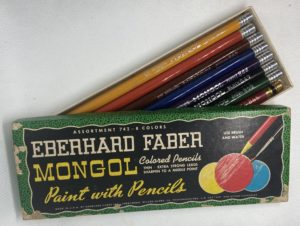

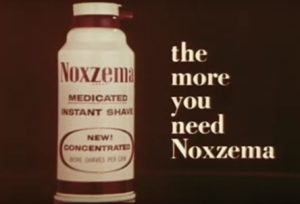

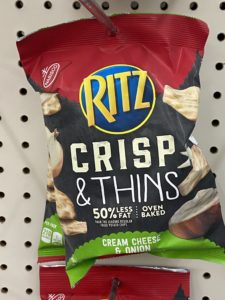
A couple of comments: Ivory soap is not gone. It’s still sold on supermarket shelves and per what I believe to be my continuous emails to P&G about removing the 2005 dull grey IVORY lettering they have recently brightened up the lettering to the classic blue color lettering. That’s a start but it’s not enough. They need to look at least far back as the early 1980s when the IVORY soap package had the blue IVORY lettering sailing over a sea of bright blue and turquoise waves on a pure white background. That was distinctive. The streategy is so simple: just repackage IVORY in it’s early 1980s packaging and layout and it will once again be a stand out on supermarket shelves – and it will also attract more than one generation who will recall the product as they knew it. It was and will continue to be a sought after family soap. It just needs not to have new wave packaging that removes it’s long and dependable identification.
As far as other brands that have recently lost their identification are several from Kraft. They have destroyed Kraft Miracle Whip by relettering the label into a cheap looking weird font. It doesn’t look classic at all but now looks like a cheap off brand. If Kraft was smart they would simply take a classic Miracle Whip label from the 1970s and package Miracle Whip just like that again. Sometimes solutions are so easy that they are right there in the archives but executives, for some odd reason, don’t realize it. They have a treasure of goodies in their archives that they can easily use again – especially while vintage is so hot, so now – so let’s hope that we see archival packaging come back for many products that boomers are longing for – and boomers don’t want new fangled and corrupted lettering and packaging of their classic products – they want them packaged the way they were, so that they can be easily recognized.